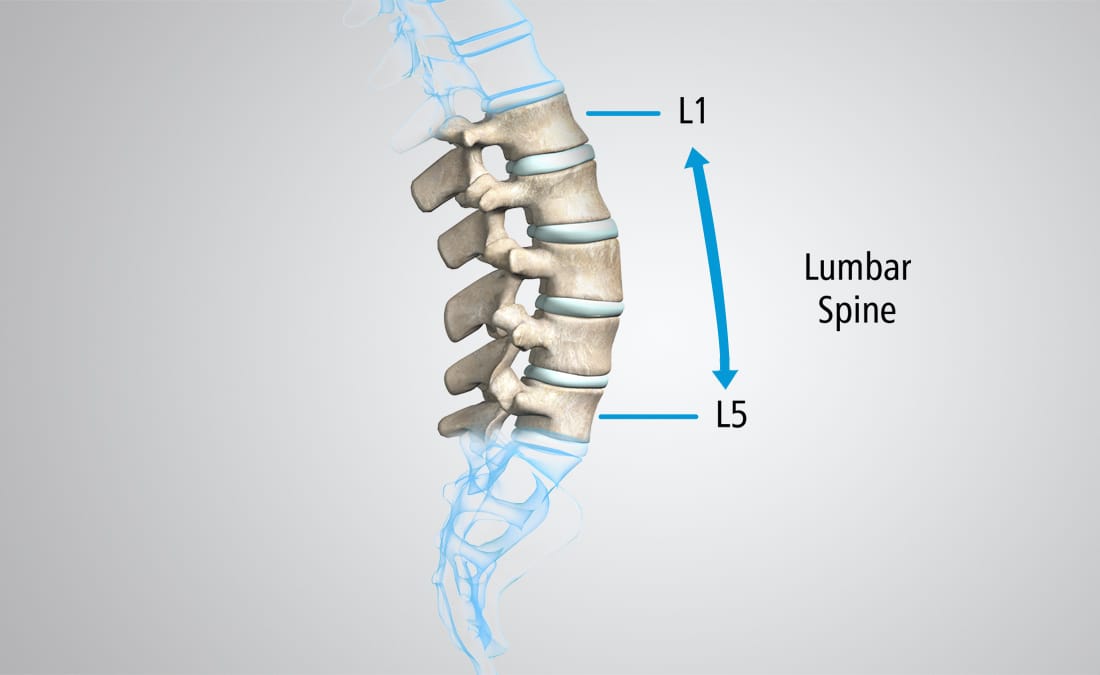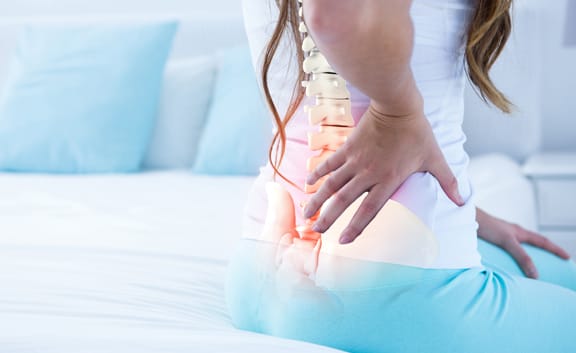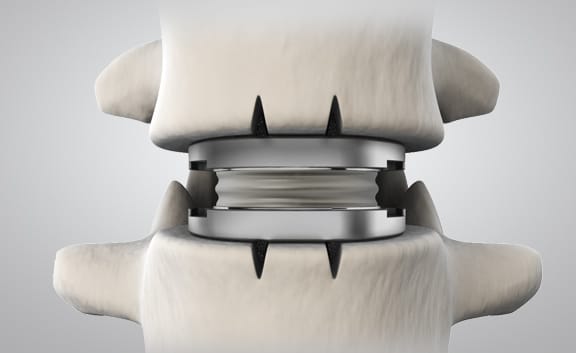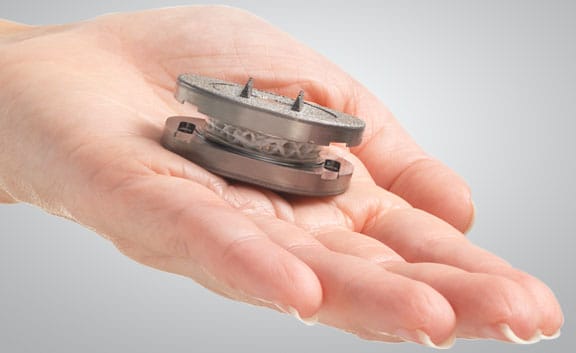The Healthy Human Spine
— Lower Back
The healthy human spine (or backbone) is an amazing structure, comprised of 33 vertebral bones, the spinal cord, nerves, and intervertebral discs which help provide shock absorption and flexibility. Divided into five sections (cervical, thoracic, lumbar, sacrum and coccyx), the spine supports your upper body, protects your spinal cord, and enables your spine to move and bend in many directions. Taking care of your spine is critical to having a healthy life, so it’s important to stay active, stretch, watch your weight, practice good posture, stay hydrated and get enough sleep.
Your lower back — or lumbar spine — is an important part of your anatomy. It supports and stabilizes your body and provides you with the flexibility to move smoothly and rotate your body in multiple directions. The five lumbar vertebrae and shock-absorbing intervertebral discs also provide a protective pathway for your spinal cord and nerves that carry signals to and from the brain and the lower half of the body. The lower back also bears a large amount of your body weight when you are standing upright.



